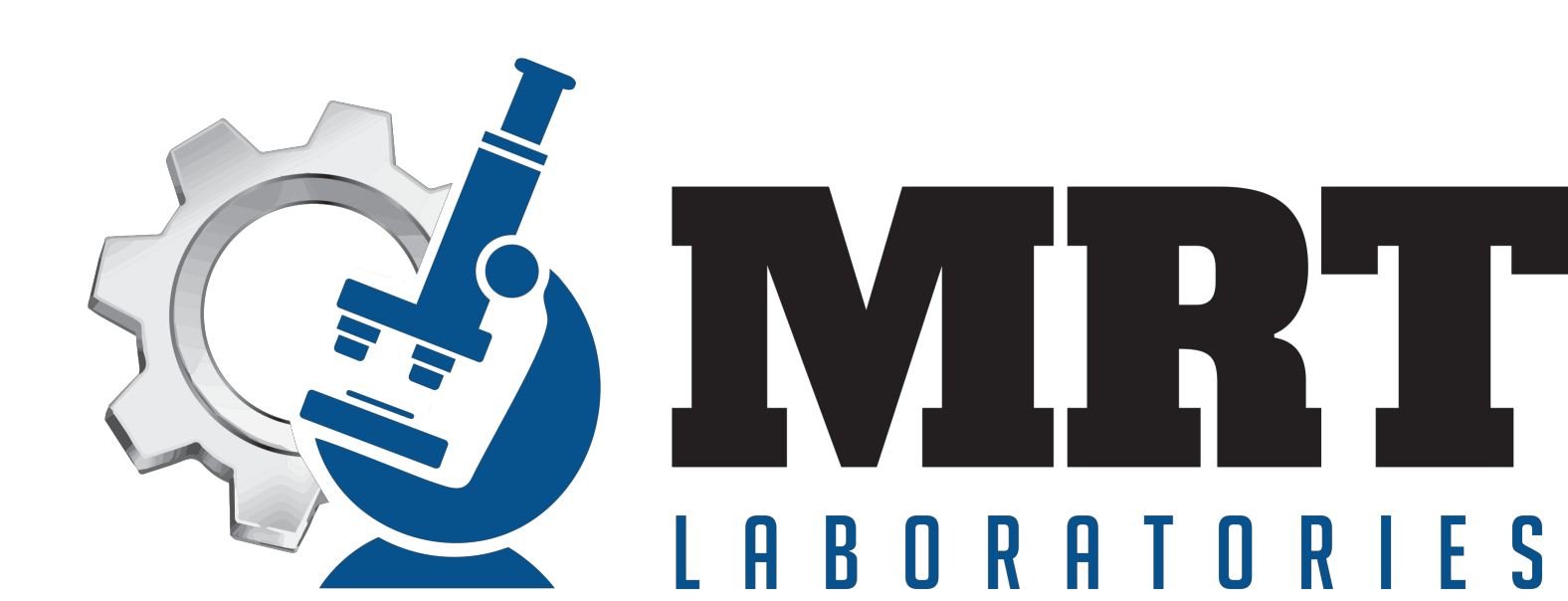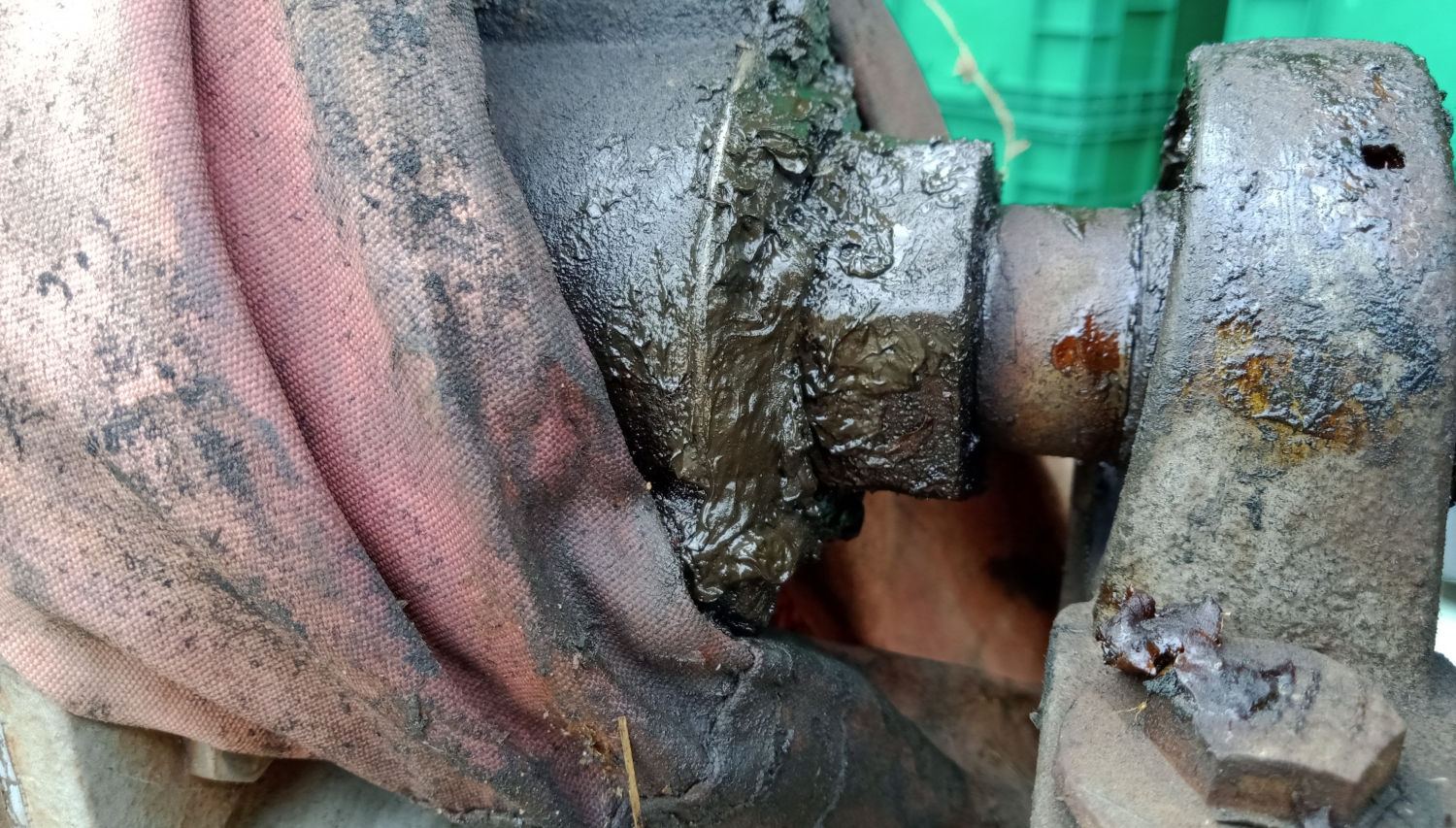

MRT Laboratories has long been an innovator in the field of microscopic wear particle analysis, which is an invaluable tool for anyone operating rotating equipment. Emission spectroscopy can detect the concentration of the common wear metal elements such as iron, tin, copper, and lead, but are the elements a result of abnormal equipment wear? Could their source be corrosion or product contamination of the lubricant instead?
In some instances, a microscopic evaluation is required to know for certain. MRT's decades of experience allow us to properly match wear severity to equipment application and properly diagnose the problem.

We advise filter analysis in any system showing a strong indication of abnormal wear detected by either oil analysis, vibration monitoring, or thermography. If oil samples on a lube system are collected in a location that is downstream of a filter, adding filter analysis into the condition monitoring program at a 1- or 2-year frequency interval is highly recommended.
To administer filter analysis, we carefully cut into the housing to extract representative samples of filter media. We examine the media under the microscope as well as bathe the media with white oil to prepare a liquid sample containing debris particles that can be identified with emission spectroscopy.
The laser particle count test of an oil sample can detect filter damage. If the number of particles per milliliter of an oil sample increases sharply in all size categories, this commonly indicates filter damage. Sampling the media from that filter can strengthen understanding of the source of any possible wear metal debris. Lastly, a filter analysis not only assists in abnormal wear investigation, but it also can be the best test technique to identify product contamination and varnish formation.

Using spectroscopic and microscopic analysis, MRT Laboratories assesses wear severity and potential contamination from foreign material or other, potentially incompatible, greases. Measuring wear severity in a grease sample is much different than measuring wear severity in an oil sample. For grease analysis we set the correct thresholds for what is in and out of specification.

Deposit analysis involves identifying an unknown solid contaminant in a lube system. The key tools for the investigation are emission spectroscopy, microscopic analysis, and FTIR spectroscopy. Other lab tests are applied if they produce additional unique and useful information.
Every deposit analysis investigation is different, and the overall procedure is never cookie cutter. A successful deposit analysis investigation requires an understanding of the oil or grease, the process, and the equipment. Test results are put into context of that additional information for an overall assessment and a potential path forward.

Take The Next Step.